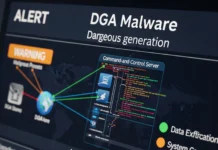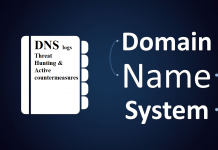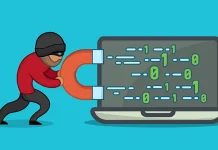When a SOC buckles, it’s rarely because telemetry wasn’t available—it’s because the right person wasn’t. You can have pristine logs and clever detections, but without guaranteed skills-per-hour coverage, escalations stall, approvals hang, and containment windows slip. That’s why a Workforce Management (WFM) system isn’t “HR tooling” for a security team—it’s an operational dependency. Shifton approaches scheduling, coverage, and proof-of-presence like an engineering system: constraints, real-time state, and auditable outputs, not spreadsheets and hope.
Explore the platform: shifton.com
From “Heads on Duty” to “Capabilities per Hours
The question isn’t “How many analysts are online?” but “Do we have the right competencies this hour?” Day shifts may need dense L2 coverage and detection engineers iterating rules; nights might demand an IR lead with isolation authority plus an operator who can drive clean, low-noise escalation. Encoding those realities is the difference between a shift that looks fine on paper and one that actually performs under stress. Shifton’s configurable Shift Schedule lets you model non-negotiables—skills, certifications, clearance levels, and response SLAs—so software enforces coverage composition instead of tribal memory.
Real-Time Coordination as an Operational Bus
Distributed SOCs don’t fail generically—they fail in micro-moments: who takes ownership of an incident, who approves asset isolation, who handles the cross-level handoff when an alert explodes into an investigation. Static rosters can’t answer those questions in real time. Shifton’s Live Team Coordination gives you a living operational view: who is actively present, which queue is owned by whom, where a surge is depleting human buffer, and which teams need temporary reinforcement. During mass-phishing waves or hot CVE windows, dispatchers can add capacity without “all-hands chaos” across half a dozen chat rooms.
Fatigue, Fairness, and the Quality of Detection
Rotations that ignore fatigue don’t just burn people—they degrade detection quality. False negatives spike when analysts run on fumes; unfair on-call patterns quietly drive attrition. By treating scheduling as a constraint system, Shifton balances recovery windows, separation of duties, and policy rules (e.g., the person with the “big red button” doesn’t also validate that action on the same shift). That yields predictable recovery after night noise and fewer human blind spots. For provable attendance and role binding, Shifton’s Time Clock ties check-in/out to planned roles and shifts, giving auditors a defensible timeline of “who did what, while authorized to do so.”



































